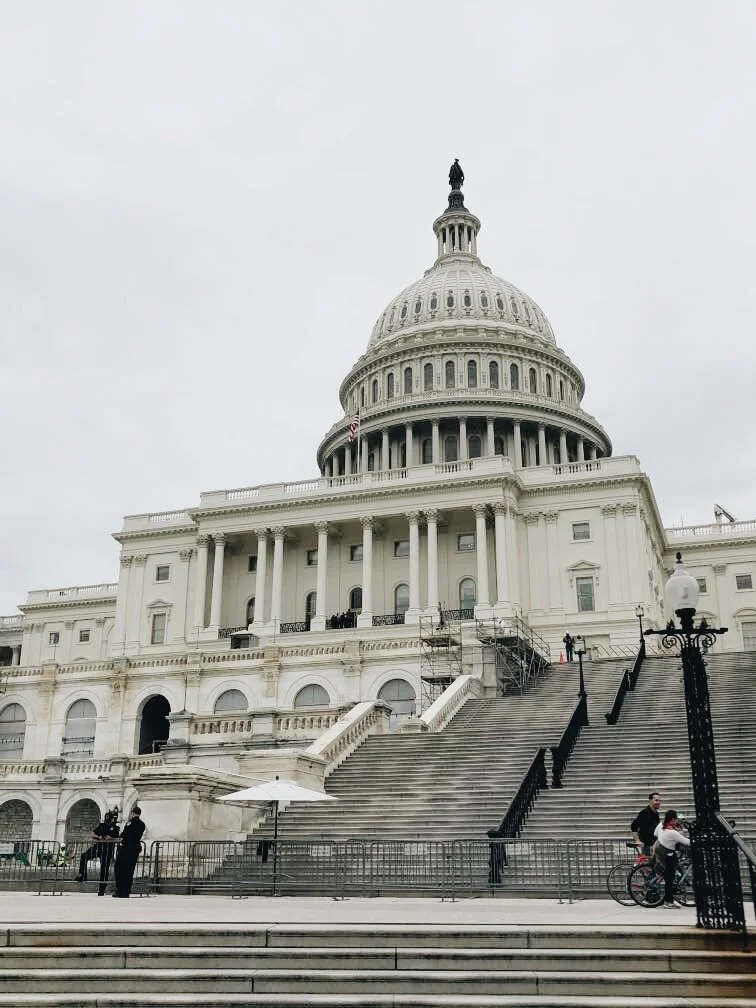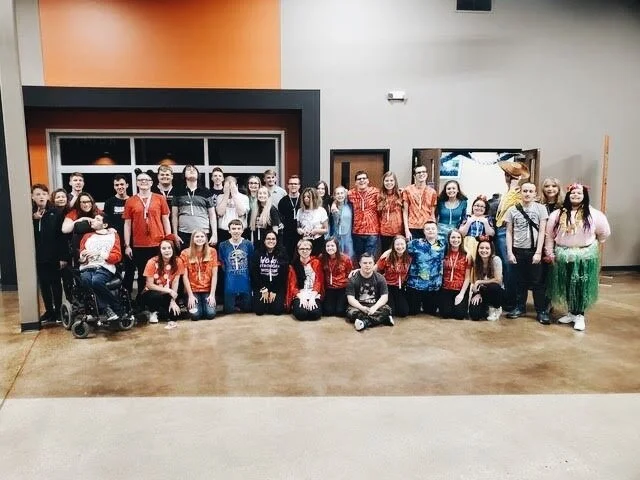The Electoral College: What's The Problem?
During the last few elections, the Electoral College has been a central focus. Many people have been calling for change to the system, but what exactly is the Electoral College, and how do we fix it?
What is the Electoral College?
The Electoral College is a group of people appointed by the states to vote in the presidential election on the behalf of the citizens. It is made up of 538 electors who cast votes for the next president. The number of electors each state has usually matches the number of people they have in Congress. In addition, DC has its own three electors (1). The Electoral College was added to our constitution in 1804 in the 12th Amendment. It was originally supposed to be a balance between the president being selected solely by elite congressional figures or completely by citizens (2). In a presidential election, the electors cast their votes for the candidate that wins their state. Forty-eight states put all of their electoral votes towards the winning candidate in their state (take-all voting), and only two states have their electoral votes go to different candidates based on how different districts vote. In order for a presidential candidate to win the election, they have to win the majority of electoral votes, 270 (1).
What are the criticisms of the Electoral College?
There are quite a few criticisms of our current Electoral College system. The main one is that all votes don’t have equal value. The proportion of electoral votes to population tends to be higher in states with smaller populations than states with larger populations. According to Wallethub.com, an individual vote in Wyoming carries 3.6 times more influence in the election than one from California (3). This is because all states must have 3 electors minimum, no matter how small their population may be. Because of this, not all votes are equal.
Another criticism is that swing states get all of the attention during campaigning. According to NationalPopularVote.com, in the 2020 election cycle, 12 states received 96% of the major party presidential and vice-presidential campaign events. Thirty-three states and DC had no campaign events take place during the entirety of 2020’s campaigning. Almost 50% of all campaign events took place in three states — Pennsylvania, Florida, and North Carolina (4). Because of the Electoral College, states are separated into two categories: safe states and swing states. Safe states are states that are always expected to vote for the same party, and swing states are ones that shift parties from election to election. Since only the ultimate winner of each state gets electoral votes, candidates have no reason to go to safe states since votes for the opposite party wouldn’t likely change the ending outcome of electoral votes (5). Because of this, all of the candidates’ attention is focused on the twelve swing states which have the biggest impact on the election.
The last issue is the fact that a candidate can win the popular vote, but not win the election. This has occurred five times in US history -- 1824, 1876, 1888, 2000, and 2016 (5). An example of this is from the 2016 election, Clinton vs. Trump. Hillary Clinton won the popular vote with forty-eight percent of the vote and had 2.9 million more votes than Trump, but didn’t win the presidency. This can happen because of a few things. First, the presidential winner won states by small margins, just enough to win the electoral votes, but with the loser still getting a substantial number of votes. Secondly, the loser could win with large margins in the states that they did win (1). Both of these things can ultimately give the loser of the election more votes, but not the win.
What are proposed solutions to these issues?
There are a few different solutions being pushed, the first being a national popular vote. This would mean completely eliminating the electoral college, and the winner of the election would simply be whoever won the most votes. First of all, having a national popular vote would encourage voter turnout in safe states. This is because their vote matters since it won’t be overwhelmed by the votes of the opposite party. For example, a Democrat would be more likely to vote in Texas since their vote wouldn’t be pushed out since Texas is a predominantly Republican state. A popular vote system would also make each vote have an equal weight, and ensure that whoever wins the popular vote wins the election. One downside to a national popular vote system is that smaller states and rural areas would lose influence and most likely have little to no impact on the election outcome. Since larger states and urban areas are more populous, they would have more people to vote to protect their interests.
A second solution would be to transfer the electoral college out of a take-all voting system and into a system similar to the one that Maine and Nebraska use. This means that states would split their votes proportionally to the results of the state’s popular vote. For example, if the final vote of the state is split between the candidates 40-60, then 40% of the electoral votes would go to the first candidate and 60% to the second. One pro to this method is that once again, people in safe states would be more likely to vote since it isn’t winner-take-all. It would probably get rid of the concept of safe states and swing states all together, since all states could have a combination of electoral votes for both of the candidates. This would force candidates to campaign in more places since they could win districts or electoral votes in any state. Secondly, smaller states and rural areas could still have influence on the vote and have the opportunity to protect their interests. Each state would get to decide how they want to divide the electoral votes; they could divide it by who wins different districts or by the final statewide votes. Both of these methods do have their issues. The issue with dividing by districts is that it can cause gerrymandering and fights over zoning. Political parties could try to change or rezone districts so they have the best chances of winning in them. The issue with dividing by the states’ popular vote comes when the electoral votes can’t be split in the right proportion. An example would be Indiana, which has eleven electoral votes. If they had a 40-60 split, they wouldn’t be able to match this proportion with the votes since you can’t give away decimals of electoral votes. States would have to create rules for these scenarios to decide where the extra vote should go.
All in all, finding a solution to the issues with the electoral college is going to be complex. All of the solutions have their own pros and cons, but hopefully some time in the future a solution can be found and implicated.
Source 1: Does your vote count? The Electoral College explained - Christina Greer https://www.youtube.com/watch?v=W9H3gvnN468
Source 2: Electoral College Fast Facts
https://history.house.gov/Institution/Electoral-College/Electoral-College/
Source 3: 2020’s States with the Most & Least Powerful Voters - Adam McCann
https://wallethub.com/edu/how-much-is-your-vote-worth/7932
Source 4: Map of General-Election Campaign Events and TV Ad Spending by 2020 Presidential Candidates
Source 5: How to Fix the Electoral College
https://citizenstakeaction.org/how-to-fix-the-electoral-college/






